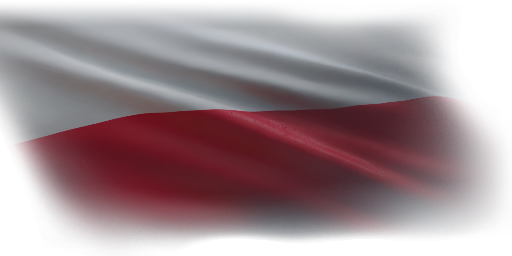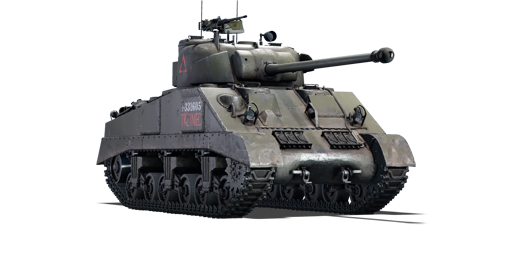




The M4 Sherman IC Firefly "Trzyniec" is a heavily up-gunned modification of the first variant of the early-generation Medium Tank M4 (Sherman) family. During World War II, the M4 Sherman IC Firefly operated with both the Polish 1st Armoured Division in northern Europe and the Polish 2nd Armoured Brigade in Italy. It saw limited service in the Polish Army since the majority of the tanks were assigned to the British Army to combat the more advanced German tanks. The lower hulls of the M4 Sherman IC Firefly distinguish it from the M4A4 Sherman VC Firefly, with the M4 Sherman IC Firefly having a shorter hull and smaller gaps between the suspension components, as it is based on the M4 or "Sherman I" chassis instead of the regular M4A4 or "Sherman V". This also made use of a three-piece bolted transmission casing. The M4 Sherman IC Firefly, on the other hand, typically had a cast transmission casing. The rest of the characteristics are the same.
Introduced in Update 1.53 "Firestorm" as a premium pack, the M4 Sherman IC Firefly "Trzyniec" was one of the game's earliest British tanks. It performs the same function as later-generation up-gunned M4 Sherman variants. While friendly heavy tanks take the lead in the attack, this tank can provide flanking fire, long-range fire, or rapid and accurate fire to the objective. The tank is as manoeuvrable as any other M4 Sherman variant, making it easy to gain speed and flank the opponent. Those who are experienced with previous M4 Sherman variants will quickly adapt to this tank. While this tank can serve as the frontal spearhead for an assault, it is strongly advised against doing so due to the tank's low armour, which requires players to constantly get the first shot off in each fight; otherwise, the opponent will swiftly eliminate the tank.
It was removed from the store following the 2018 Summer Sale, but it was reintroduced as a premium vehicle available for purchase with Golden Eagles during War Thunder's 6th Anniversary.
| Ammunition | Type | Armor penetration (mm) at a distance: | |||||
|---|---|---|---|---|---|---|---|
| 10 m | 100 m | 500 m | 1000 m | 1500 m | 2000 m | ||
| AP | 171 | 168 | 155 | 139 | 126 | 113 | |
| HE | 20 | 20 | 18 | 16 | 15 | 13 | |
| APC | 171 | 168 | 155 | 139 | 126 | 113 | |
| APCBC | 190 | 187 | 172 | 155 | 140 | 126 | |
| Smoke | 3 | 3 | 3 | 3 | 3 | 3 | |
| Belt | Belt filling | Armor penetration (mm) at a distance: | |||||
|---|---|---|---|---|---|---|---|
| 10 m | 100 m | 500 m | 1000 m | 1500 m | 2000 m | ||
| API-T/I/AP/API-T | 31 | 29 | 21 | 14 | 9 | 6 | |
| Belt | Belt filling | Armor penetration (mm) at a distance: | |||||
|---|---|---|---|---|---|---|---|
| 10 m | 100 m | 500 m | 1000 m | 1500 m | 2000 m | ||
| AP/T | 13 | 12 | 7 | 3 | 2 | 0 | |







 2 x (90 / 145 / 175) %
2 x (90 / 145 / 175) % 
 2 x 160 %
2 x 160 % 

Mobility | |
|---|---|
Protection |
|---|
Firepower | ||
|---|---|---|